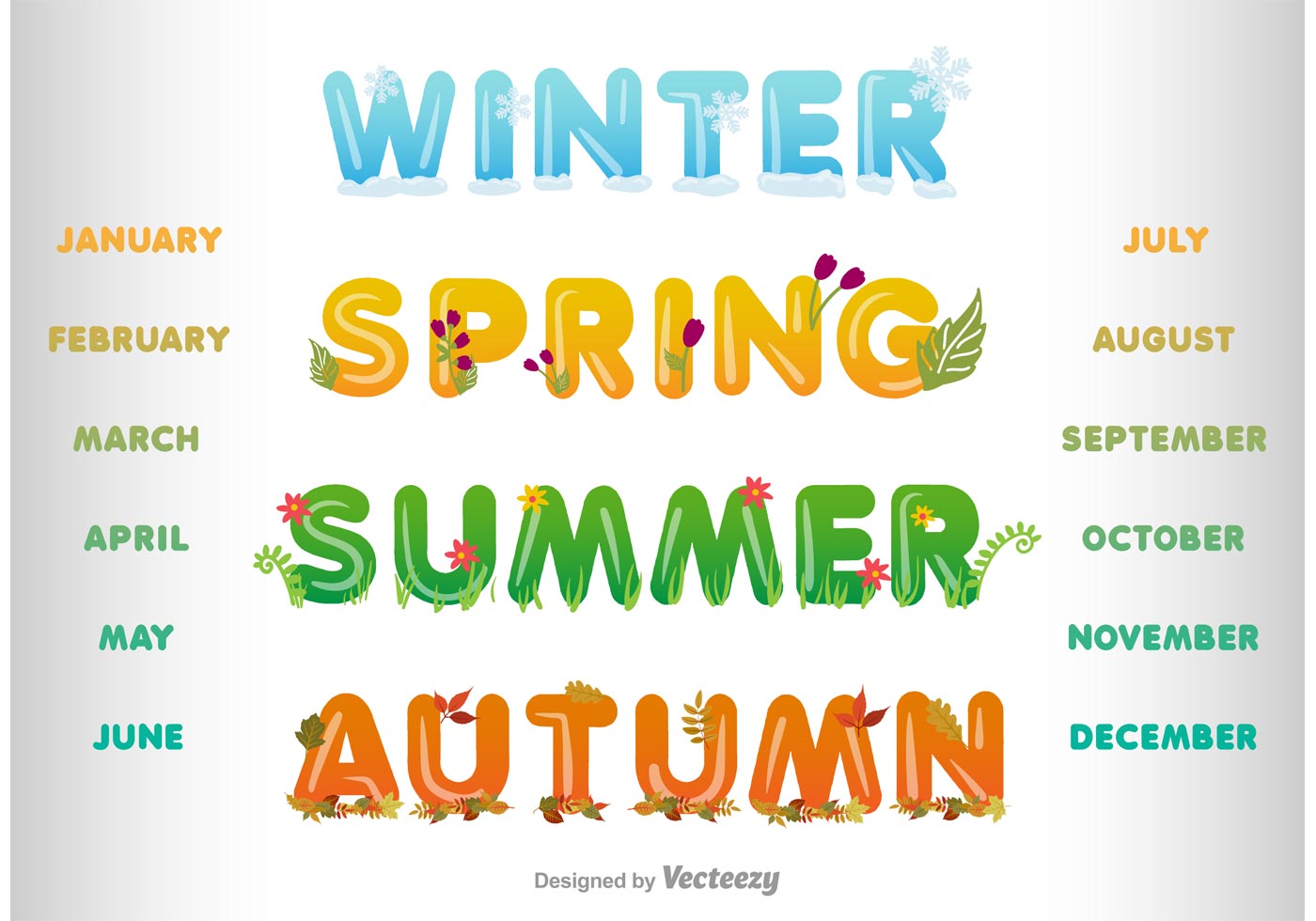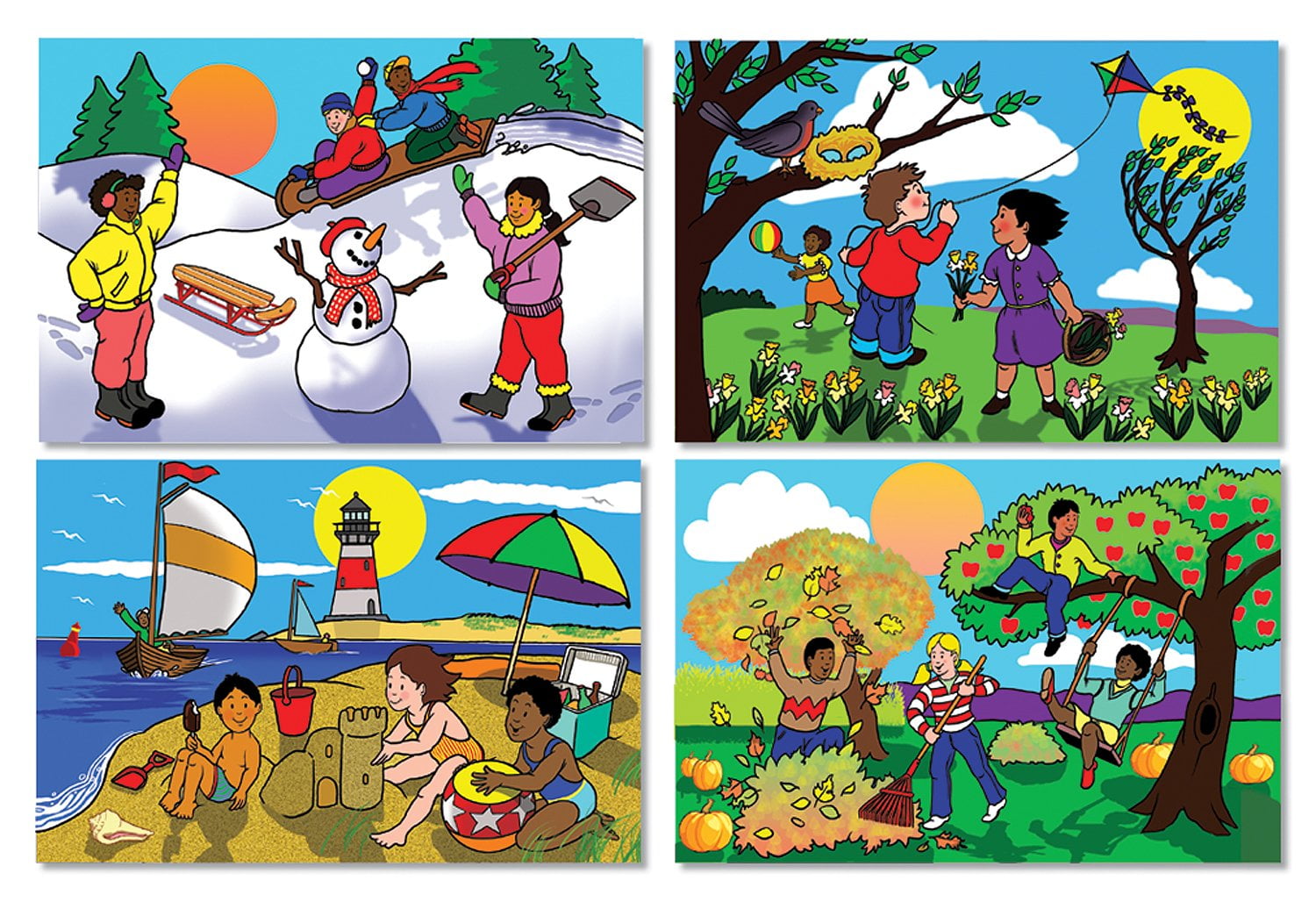

In a guilty panic, the apprentice begins to pray incessantly, something his master notes as strange. Over the next few days, the apprentice finds himself sexually attracted to the girl, but is too shy to say anything however, when he finds her sleeping in front of the Buddha statue, he gropes her breast. The master agrees to take in the teenage girl for a time, and the mother leaves. The daughter has an unspecified illness (she displays symptoms of a fever) and has been brought to the Buddhist master by her mother, hoping that she will be healed. In Buddhist art, this bird is the representation of desire and craving. The apprentice silently greets them and rows them across the lake to the monastery, where a colorful rooster is now part of the household. The apprentice (now in his teenage years) encounters a mother and daughter (dressed in modern clothes, indicating that the film takes place in modern times) walking along the forest path, looking for the monastery. The master watches as the boy begins to cry heavily at seeing what he has done to the snake. In the morning, he tells his apprentice that he cannot take off the rock until he unties the creatures he tormented-adding that if any of them have died, he will "carry the stone in his heart forever." The boy struggles with the load on his back through the forest, and finds the fish lying dead at the bottom of the creek, the frog still alive and struggling where he left it, and the snake in a pool of blood, presumably attacked and killed by another animal, unable to get away. Shortly after, he does the same to a frog and a snake his master quietly observes on all three occasions, and that night ties a large, smooth rock to the apprentice as he sleeps. One day, in a creek among the rocky hills, the apprentice torments a fish by tying a small stone to it with string and laughing as it struggles to swim. The apprentice and his master live a life of prayer and meditation, using an old rowboat to reach the bank of the lake where they regularly go walking, for exercise and to collect herbs. We are introduced to the life of the very young Buddhist apprentice living with his master on a small floating monastery, drifting on a lake in the serene forested mountains of Korea. The story unfolds rather simply, but the implications of the characters' actions are silently commented upon by the presence of Buddhist symbols and iconography. The segments are roughly ten to twenty years apart, and the action of each takes place during the season of its title.


The film is divided into five segments (the titular seasons), each segment depicting a stage in the life of a novice Buddhist monk and his older teacher. The film was released in the United States in 2004 by Sony Pictures Classics, in subtitle format. The director himself appears as the man in the last stage of life.

The film stars O Yeong-su, Kim Young-min, Seo Jae-kyung and Yeo-jin Ha. The story is about the life of a Buddhist monk as he passes through the seasons of his life, from childhood to old age. and Spring (Korean: 봄 여름 가을 겨울 그리고 봄) is a 2003 South Korean drama film directed by Kim Ki-duk about a Buddhist monastery that floats on a lake in a pristine forest.


 0 kommentar(er)
0 kommentar(er)
